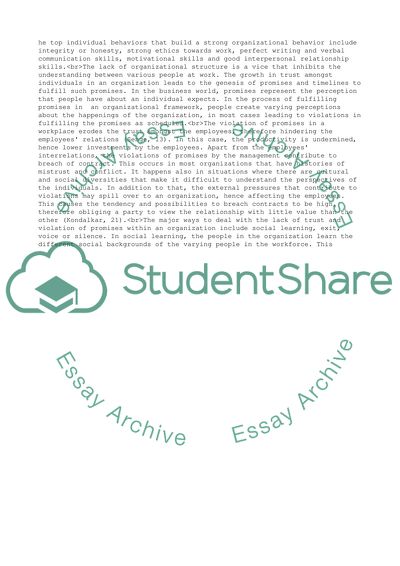Cite this document
(Individual Analysis (Organizational Behavior ) Essay - 1, n.d.)
Individual Analysis (Organizational Behavior ) Essay - 1. https://studentshare.org/human-resources/1872874-individual-analysis-organizational-behavior
Individual Analysis (Organizational Behavior ) Essay - 1. https://studentshare.org/human-resources/1872874-individual-analysis-organizational-behavior
(Individual Analysis (Organizational Behavior ) Essay - 1)
Individual Analysis (Organizational Behavior ) Essay - 1. https://studentshare.org/human-resources/1872874-individual-analysis-organizational-behavior.
Individual Analysis (Organizational Behavior ) Essay - 1. https://studentshare.org/human-resources/1872874-individual-analysis-organizational-behavior.
“Individual Analysis (Organizational Behavior ) Essay - 1”. https://studentshare.org/human-resources/1872874-individual-analysis-organizational-behavior.


